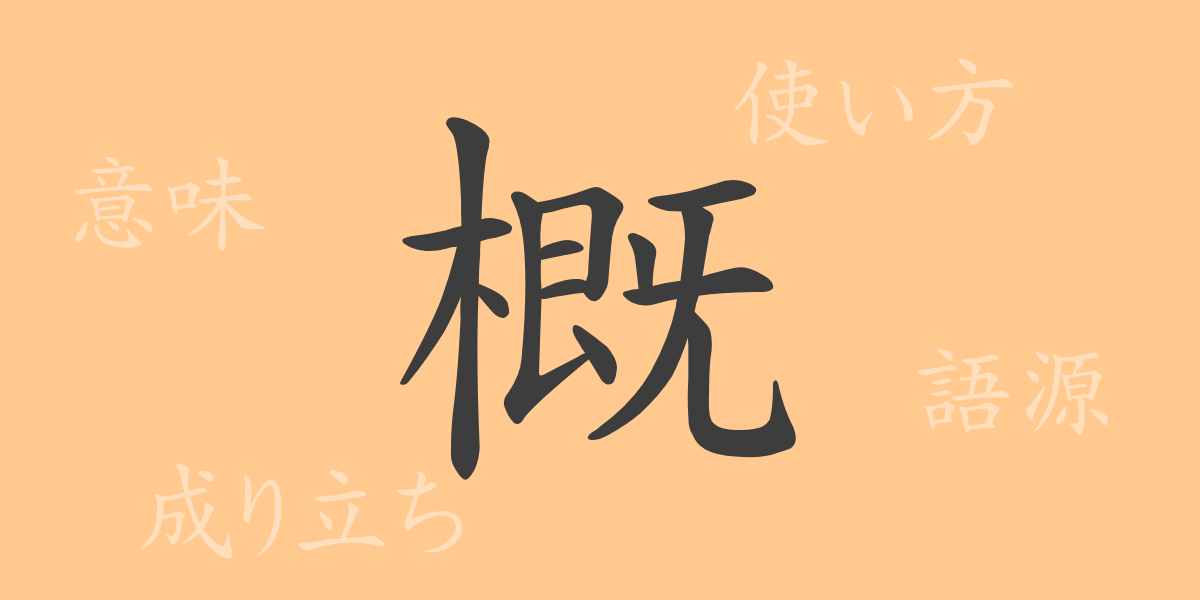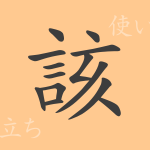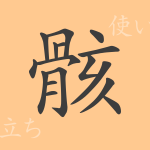The beauty of the Japanese language lies in its complexity and delicacy. A single kanji character can carry deep meanings, offering a glimpse into the culture and history it embodies. This time, we spotlight the commonly used kanji “概” (Gai), exploring its allure. “概” (Gai) is a kanji frequently used in everyday life, and we will unravel its origins, meanings, usages, and even delve into various idioms and phrases that incorporate it.
Origin (Etymology) of 概 (Gai)
Exploring the origin of the kanji “概” (Gai) is akin to embarking on a journey through the history behind the word. This character is composed of the radical “木” (Ki), which represents wood, and the component “旣” (Ki), which conveys the idea of shaping or finishing. In ancient China, the act of carving and shaping wood led to the character being used to represent rough shapes or concepts of things. From such etymological roots, “概” (Gai) came to be used to capture abstract concepts in writing.
Meaning and Usage of 概 (Gai)
The kanji “概” (Gai) carries the meanings of “generally” or “approximately.” In Japanese, it’s often used to refer to the overall shape or concept of something, or to outline a summary. For example, it’s commonly used in phrases like “to explain the outline” or “to understand the concept.” It’s also used in the form of “概ね” (Oomune) to grasp the general framework of an event.
Readings, Number of Strokes, and Radical of 概 (Gai)
Understanding the readings and components of the kanji “概” (Gai) allows for a deeper comprehension of its use.
- Readings: Onyomi (Chinese reading) is “がい” (Gai), and there is no particular Kunyomi (Japanese reading).
- Number of Strokes: 14 strokes
- Radical: 木部 (Kihen) – Wood radical
Idioms, Phrases, and Proverbs Using 概 (Gai) and Their Meanings
The kanji “概” (Gai) is used in many idioms, phrases, and proverbs. Here are some examples to understand their meanings:
- 概念 (Gainen) – Fundamental idea or image of something; abstract understanding or notion.
- 概要 (Gaiyou) – Rough content or main points of a matter.
- 概算 (Gaisan) – Rough calculation or estimate.
- 概論 (Gairon) – Basic discussion explaining fundamental theories or concepts, especially in academics.
- 一概に (Ichigai-ni) – To judge everything by a single idea; to treat everything in the same way.
Summary of 概 (Gai)
The kanji “概” (Gai), as a common character, plays a significant role in expanding the expressive range of the Japanese language. By tracing its meaning from its origins to the present day, we can appreciate the depth of language and its cultural backdrop. Frequently used in idioms and phrases, “概” (Gai) enriches Japanese expression and refines our communication. Through this article, we hope to deepen your understanding of the kanji “概” (Gai) and help you acquire its proper usage.

























